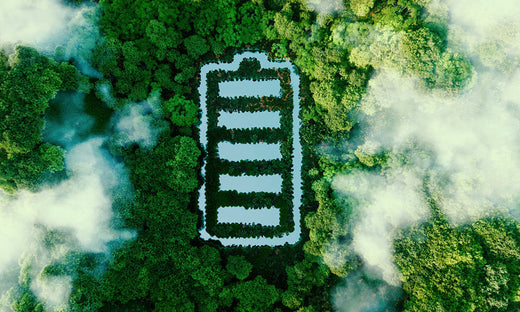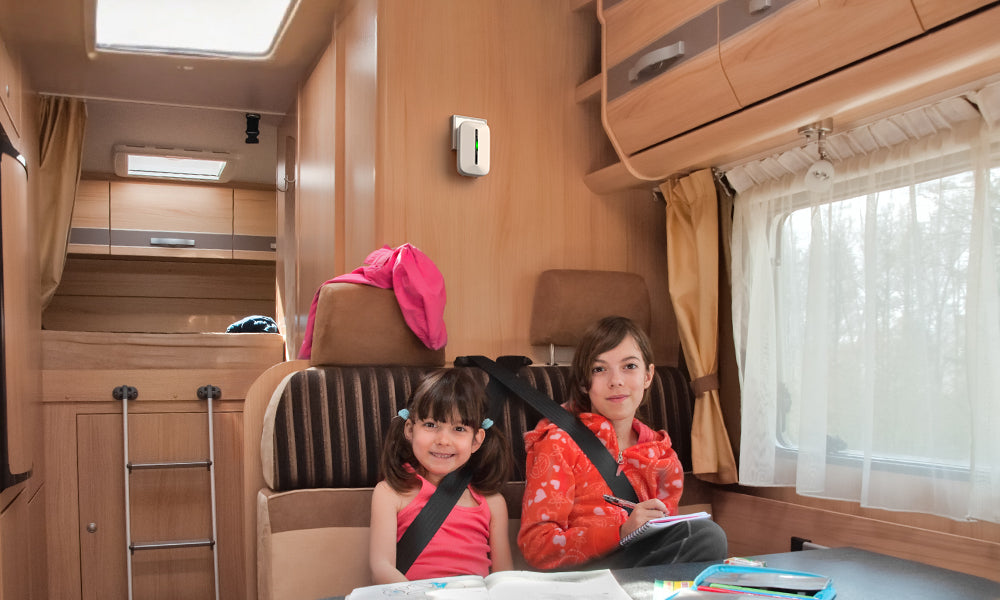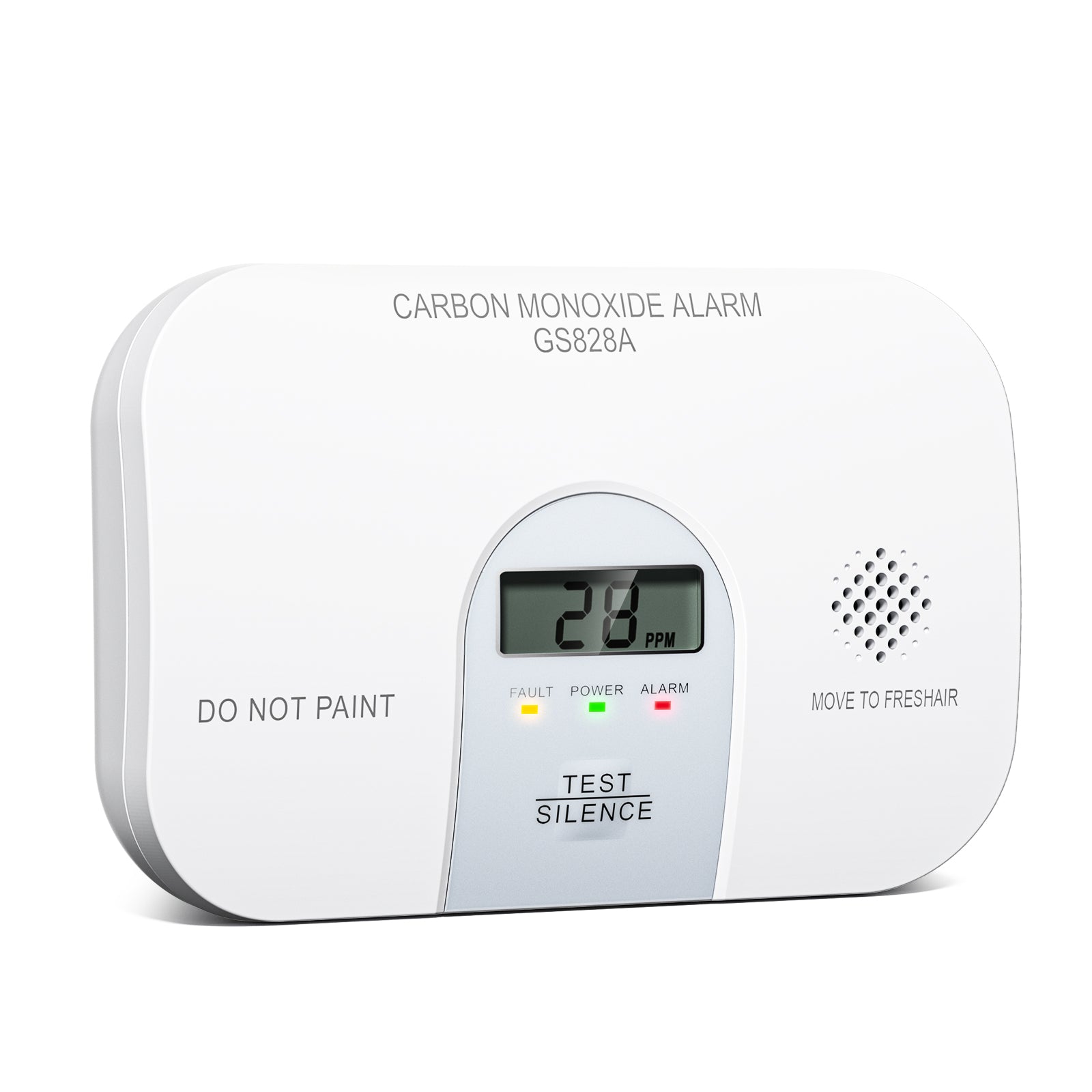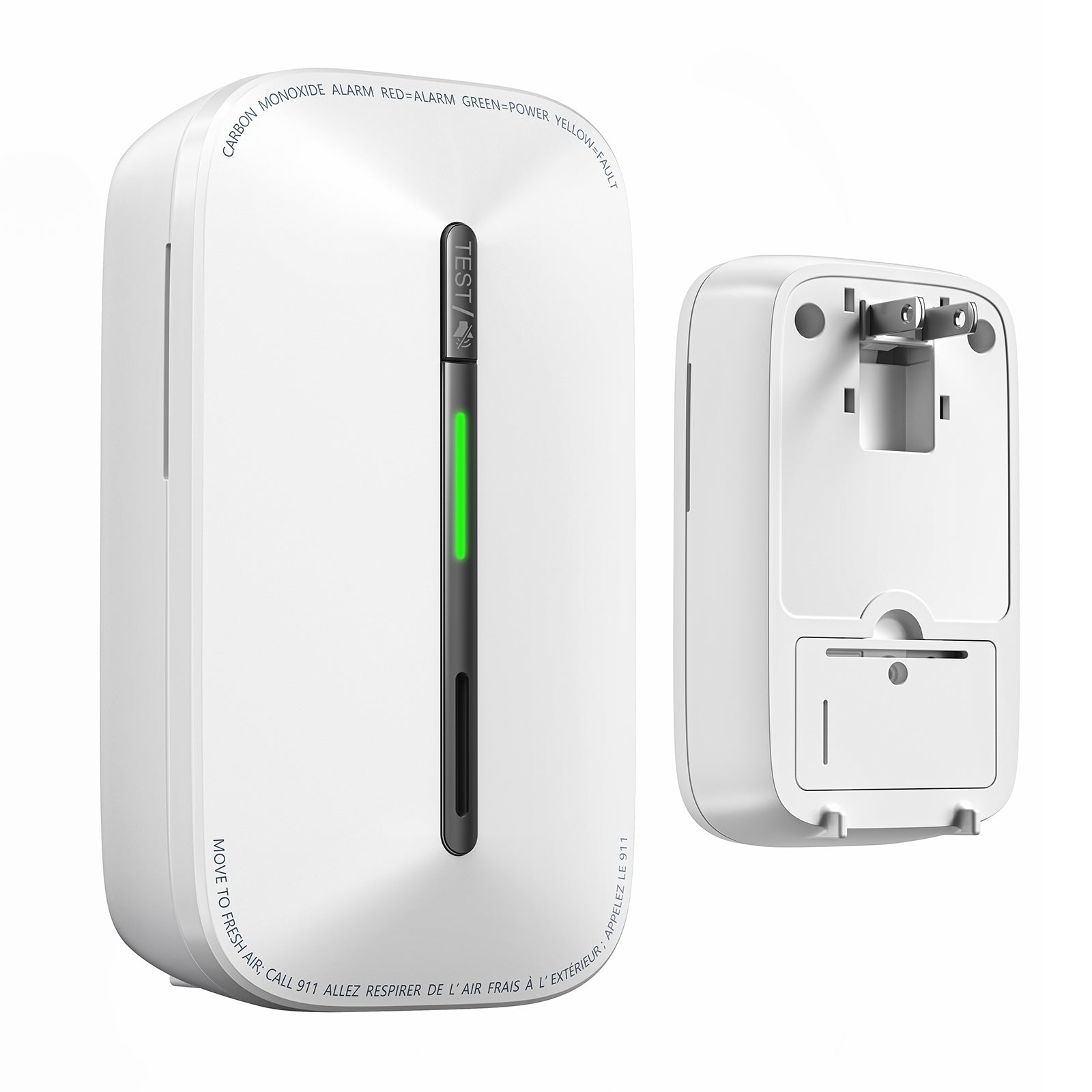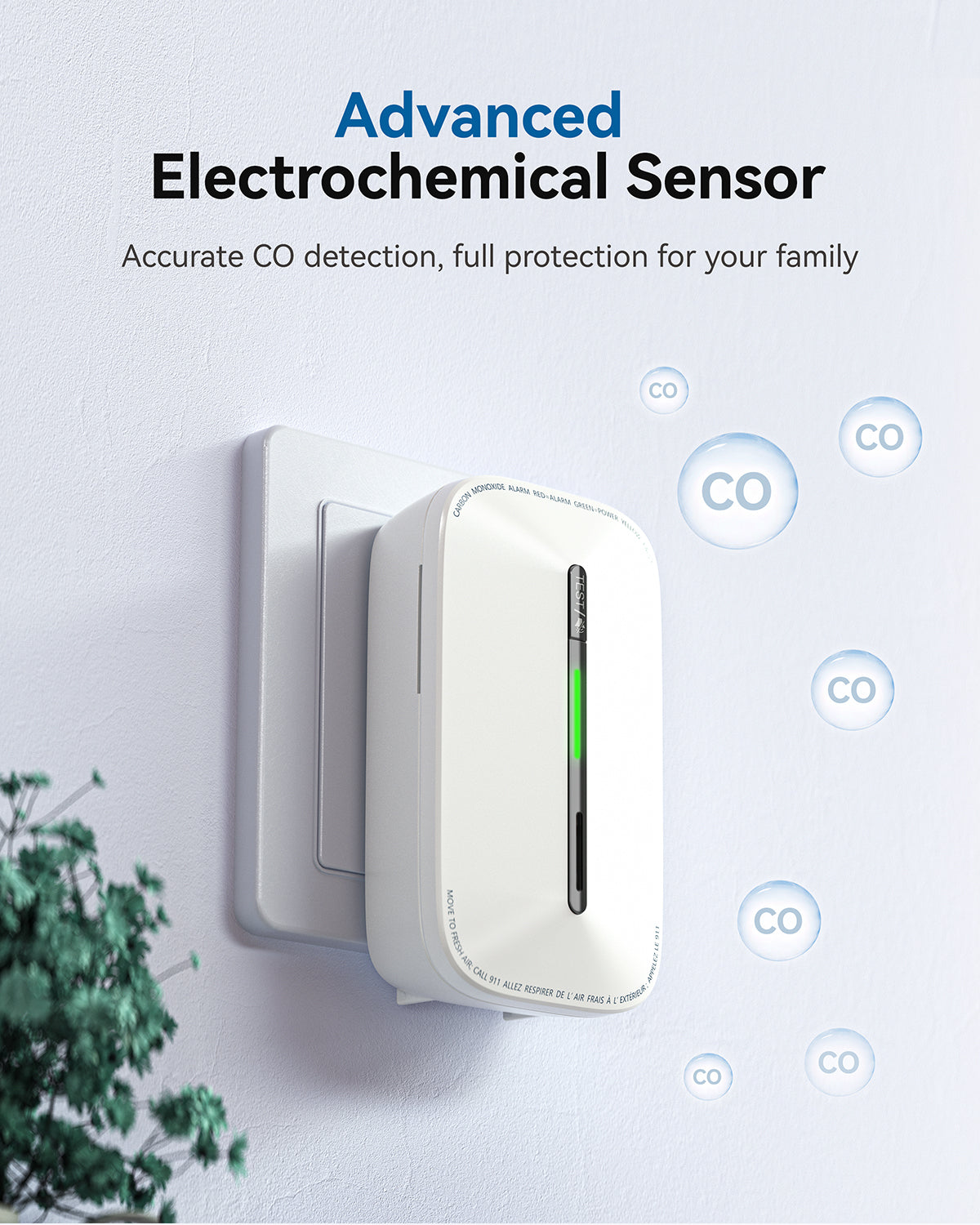During the holiday season, it’s always great to cozy up in a nice warm home surrounded by Christmas decorations and enjoy all the great cooking that comes with the season. However, it is during these times that home fires can be more likely to occur.
The dry weather and toasty home environment provide the perfect opportunity for a fire to start. Some of the primary causes of fire during this season include electrical problems from exposed Christmas lights to overloaded electrical outlets.
Candles are also a common cause of home fires and one of the leading causes is by unattended cooking.
With that said, whether you plan to leave your house for the holiday or stay in, it’s worth conducting a fire safety checklist to ensure your home does not become the brightest house in the neighborhood.
Fire Safety Checklist: 12 Rules of Fire Safety for the Holiday
There are 12 holiday fire safety rules to live by during the season that will lower the risk of a house fire and protect you and your loved ones.
1. Live Christmas Tree
Live Christmas trees can be a fire hazard—especially if they’re dry. Signs of a dry Christmas tree include:
- Firm Branches and Needles: Once the moisture leaves the tree, the branches and pine needles firm up and are not as flexible.
- Shedding: If the pine needles are falling off the tree, then your Christmas tree has dried out.
- Browning: If it’s not obvious—when the pine needles start to brown, they are dying, and it’s a clear sign that your Christmas tree is dry.

Dry Christmas trees are much more susceptible to catching on fire. This could be from exposed Christmas lights, candles, ash from a hot fireplace, heaters, etc.
To avoid this, it is best to keep the tree well-watered and to check it each day for signs of it drying out. Once the tree does start to dry out, remove it from the house. Avoid burning it in your home fireplace as pine trees tend to produce a lot of tar which in turn can clog up your chimney—leading to another fire hazard.
Try to position the tree away from heat sources, and Christmas lights should be thoroughly checked for exposed wires before wrapping them around the tree.
For those of you with an artificial tree, you’re in a much safer place, but it’s still good to perform similar safety checks—besides watering it, of course.
2. Holiday Lights
Holiday lights/Christmas lights are beautiful but potentially dangerous if used incorrectly. For example, if you were to hang indoor lights outside, you would have a fire safety hazard to deal with.
Indoor lights do not have the insulation that outdoor lights do, and therefore they are more likely to cause problems—especially when exposed to harsh elements (like freezing temperatures and high winds). They are also more likely to blow a fuse.

Before hanging any lights up, indoors or outdoors, inspect them to ensure that there are no exposed wires. Also, though it can be assumed that your neighbors love your bright lights at the wee hours of the night, it's best not to keep them on 24/7. Instead, before you go to bed, give them a rest too.
Lastly, even though bargains are the cheer of the winter season, it’s best to buy tried-and-true lights that may cost a bit more but will last you for years and are less likely to “spontaneously combust.”
3. Smoke Alarm
Smoke alarms are one of your last lines of defense signaling that either something is on fire or is about to be. With that said, ensuring that your alarms are in working condition and have fresh batteries is a must.
These alarms should have a test button that can be pressed to make sure that they are on and working. If you have ancient smoke alarms that have been around for over ten years, it's worth considering getting new ones, especially since they are usually inexpensive and may just save your life.

Siterwell hardwire alarms are a good option; they are connected directly to the home’s electrical system and are equipped with a battery backup in the event of a power outage to ensure non-stop protection.
The company also offers a full wireless option for easy installation without worrying about wiring. The battery can last for 10 years and both the hardwire and wireless options are interconnected with all other alarms so that if one detects smoke or fire, all the alarms will simultaneously sound.
4. Decorations
Decorations are great, but they can also be unusually flammable—especially wreaths, ribbons, fabrics (like your favorite stocking), and candles.
While it would be ideal to substitute your more flammable decorations for less flammable decorations, sentiment should be considered. With that said, keep note of any heat sources and avoid decorating around them.

Also, while hanging stockings above a fireplace makes for a cute scene, it’s only worth it if the fireplace is out of commission.
When it comes to candles, the same rules apply. There are some who are bold enough to hang live candles on a live Christmas tree… beautiful, but not the best idea. Candles should not be left unattended, especially if they are exposed instead of insulated (e.g., in a glass jar versus bare).
Lastly, take note of where presents—which are typically in cardboard boxes and surrounded by paper—are placed. They’re great and all, but they also make for a great fire starter.
5. Electrical Outlets
With all the Christmas decorations, heaters, kitchen appliances, and whatever else is being used, electrical outlets can quickly overload. Portable heaters in particular can draw a lot of power and so avoid plugging in more than one in the same outlet.
Similarly, Christmas lights can overload an outlet—especially if more than one is plugged into the same outlet. This is often more of a problem for older lights which are not as efficient. On that note, if you have any relics from the age of Thomas Edison, this is a sign to let go and upgrade.

To help avoid these problems, making use of power strips with built-in circuit breakers is a good idea. These power strips can protect against overloading, overheating, and power surges. With that said, it’s still best not to plug in too many lights, devices, or appliances in one power strip.
6. Extension Cords
Extension cords… they may be handy, but they don’t always look great when laid out throughout a room.
So, it may be tempting to hide them under rugs, or even worse, blankets. Regardless of how tempting it may be, avoid covering extension cords with rugs, blankets, or anything else that is flammable.

Also, inspect extension cords before use to ensure that they are thoroughly insulated. Old extension cords in particular are more likely to have a loose head—exposing the wires. They should be securely fastened to the wall to avoid “sparking.”
As with electrical outlets and power strips, avoid overloading extension cords by plugging in too many. Also, using cold-weather extension cords with extra insulation is a must if placed outside.
7. Space Heaters
Anything that creates heat—toasters, microwaves, electric ovens, space heaters, etc.—should not be left unattended. They should be positioned carefully—away from flammable objects.

Space heaters should be placed away from walls and in an open space. Nothing should be placed on space heaters, and they should not be used to dry coats, gloves, hats, etc. While it may be tempting to sit on one after spending some time outside, try to resist the urge.
Also, it’s best to plug appliances directly into a wall outlet or a power strip with a built-in circuit breaker instead of an extension cord to avoid overloading.
8. Cooking
Whether you have a nice honey-baked ham you want to cook or a batch of cookies, it's important to have good fire safety habits—especially since cooking is one of the largest culprits of house fires. With that in mind, remember to:
- Never Leave Cooking Food Unattended:This is the biggest fire risk to be aware of. Setting timers can be a good practice to avoid overcooking… and your house burning down.
- Always Have a Working Fire Extinguisher Handy:If something were to happen, a fire extinguisher should be your go-to option. Water can be dangerous to use—particularly when oil is involved—which is why a fire extinguisher is a better option. Also, many of us have never used a fire extinguisher, so make sure you know how to operate one.
- Keep Flammable Objects Away from Burners—The common theme throughout this article is to keep what could go up into flames away from what could ignite them. The same goes for the kitchen. Towles, oven mitts, oil, wooden cooking utensils, decorations, etc. should be placed away from heat sources.

Lastly, remember to double-check that all kitchen appliances have been turned off before you leave the house or go to sleep.
9. Power Outage
Candles are fun, and they smell good; they are just not that safe. If you do use candles during a power outage, make sure to use ones that are inside a glass casing—and remember not to leave them unattended.

Flashlights are a much safer option, just make sure to keep spare batteries handy. Also, one of the biggest problems of a power outage, believe it or not, is when the power is restored. Everything that was on before the power went out, will all be turned on at the same time—which could cause an overload.
Additionally, any heat-generating sources like kitchen appliances may turn on. In the worst-case scenario, this happens at night when everyone is asleep. To avoid this, turn everything off and unplug unnecessary appliances and decorations so that when the power does turn on, your home will not go up in a blaze of fire.
10. Fireplace
When it comes to your lovely fireplace, ensure that the chimney is cleared before using it. Also, having a safety gate around the fireplace can help keep flammable objects away from the open flame.

When it comes time to collect the ash, store it in a metal bucket and leave it outside—away from the house. Ash can be particularly troublesome as it can contain coals that stay hot for days even after the fire goes out.
Also, make sure to have a carbon monoxide detector to ensure that your house remains at safe levels. Combustion produces carbon monoxide and in a sealed place, it can build up in your house, which is why it's important to have a carbon monoxide detector and to keep your house well-ventilated.
11. Traveling
If you do decide to leave your house for a time, lower the heat to 60 degrees Fahrenheit and disconnect all unnecessary appliances and electronics. Also, make sure to check:
- The fireplace to ensure it is completely cool.
- Fire alarms to ensure they are in working order.
- That nothing is covering up heating vents.

Lastly, a good rule of thumb is to close all the doors in your house. This is done in the case of a fire and helps slow the spread from room to room, giving firefighters more time to put out the fire.
12. Outside Safety Measures
When it comes to the outside of your house, make sure to store combustibles like gas and oil away from the house, or in the garage, in a secure area.

Also, if you have a stack of logs placed up against your house, then it is best to cover them with a tarp to protect against ashes from nearby fires or your own chimney. Even better, store the logs away from your house.
Other flammable materials like leaf piles and dead trees should be moved away from the house. If you decide to burn them, be especially careful with leaves as they like to fly away in a flaming blaze of glory and may just land where you don’t want them to.
Final Thoughts: Holiday Fire Safety
Holiday fire safety is no joke in a dry, warm, cozy, and electrified environment and may just save your vacation from an unfortunate end. Most of the rules mentioned are just common sense and can be practiced by anyone who hasn’t drunk too much eggnog.
The ones that are a little less obvious include overloading electrical outlets, having a carbon monoxide detector, and using specially insulated lighting for outdoor use. Oh, and make sure to not put out a kitchen fire with water…


